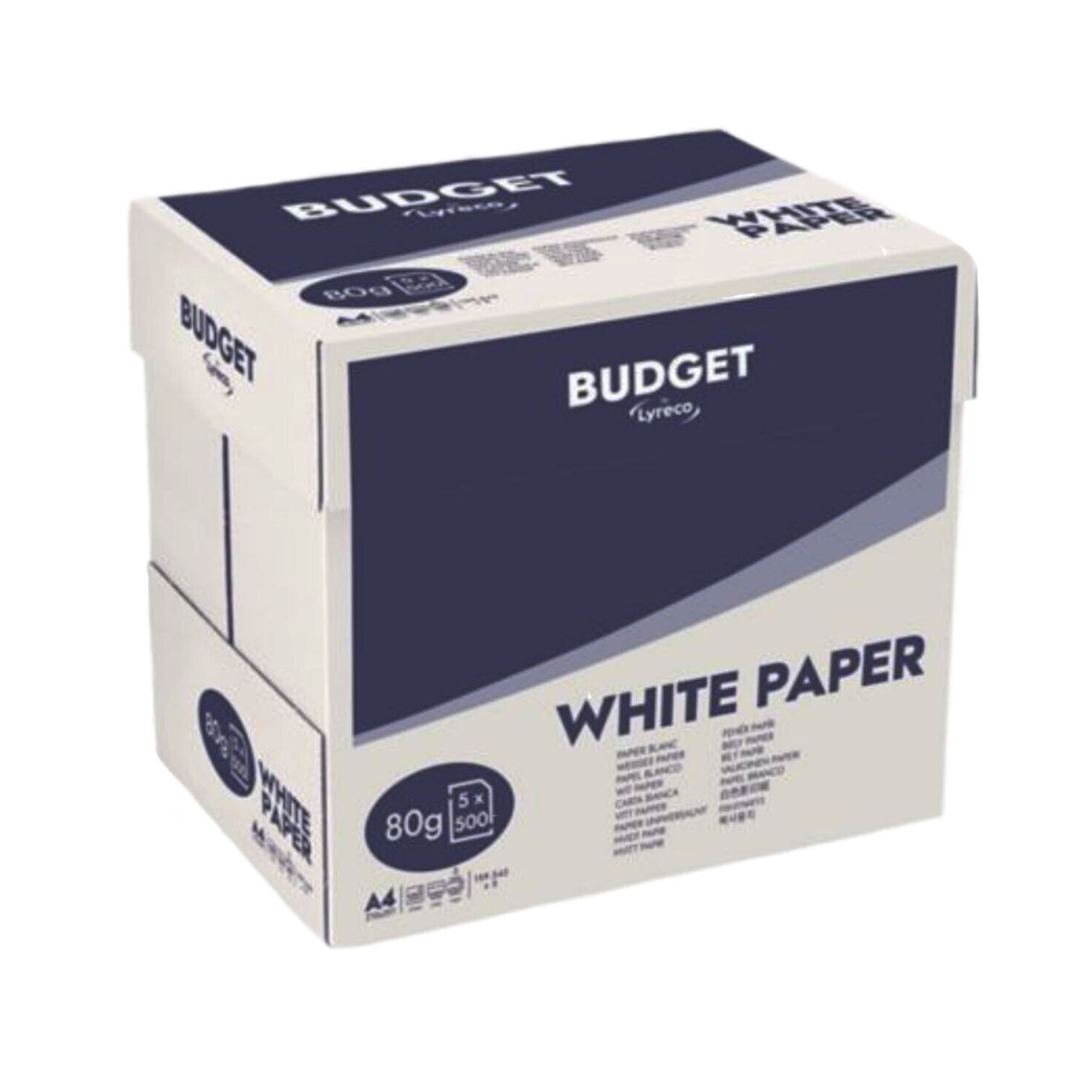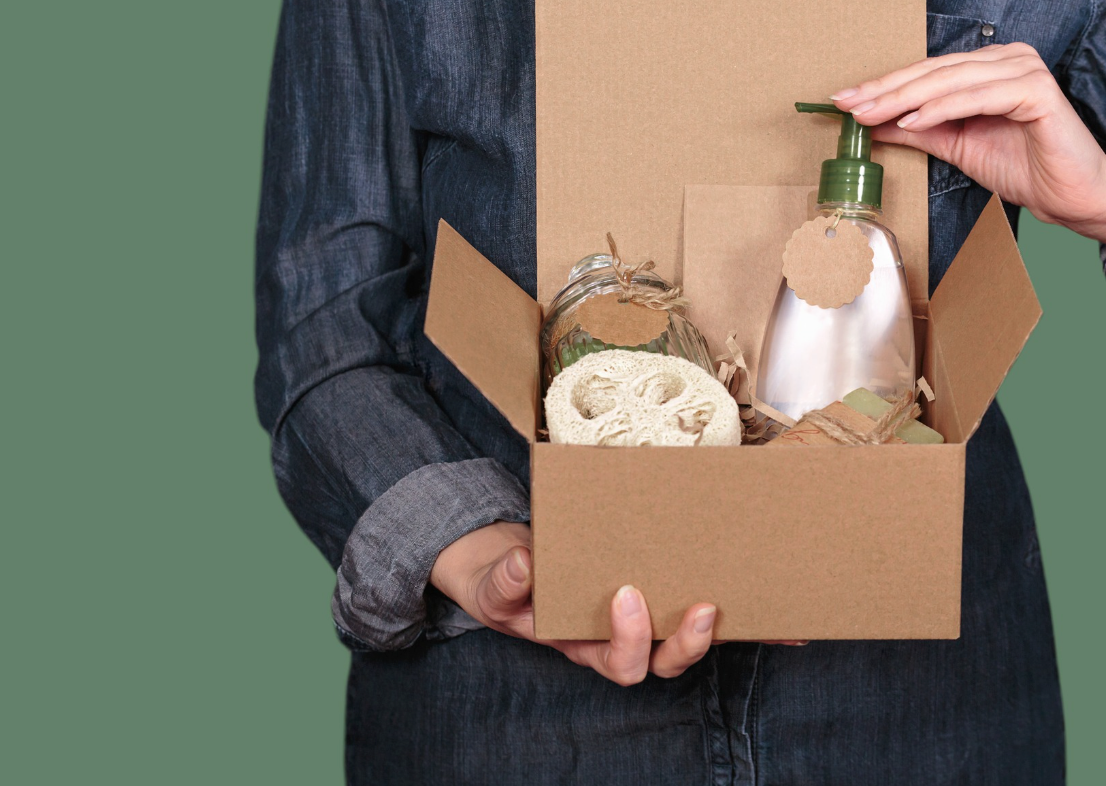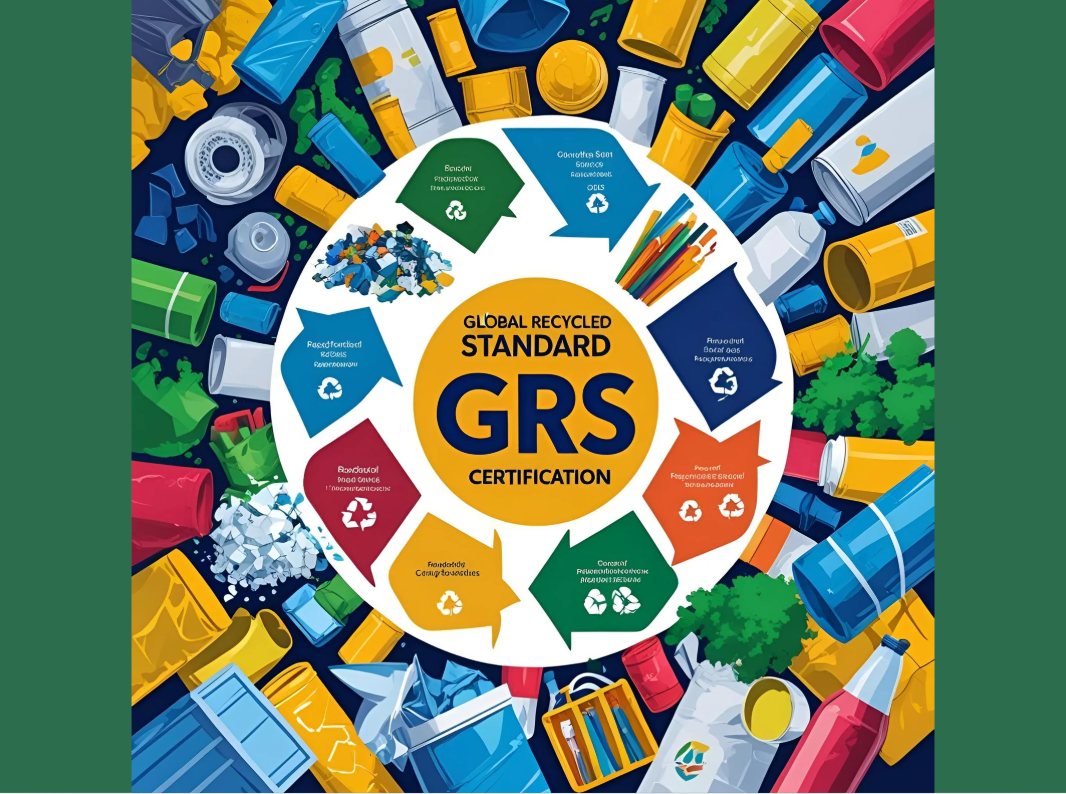In a world increasingly concerned with the climate crisis, plastic waste, and pollution, sustainable packaging has become more than just a trend – it’s a necessity. Whether you're a business owner looking to package your products more responsibly, or just an everyday consumer trying to reduce your footprint, understanding the different packaging options out there is a great place to start.
Let’s unpack some of the most talked-about alternatives and ideas in the world of sustainable packaging.
Why Paper Still Comes Out on Top
When it comes to eco-friendly packaging, paper is still one of the most reliable and sustainable choices we have.
Paper materials can be made from a variety of plant-based sources – not just trees, but also bamboo, sugarcane bagasse (the fibrous pulp left after juice is extracted), and even agricultural waste. These materials are biodegradable, compostable, and renewable, making them a smart choice for packaging that doesn’t linger in landfill.
What’s more, unbleached and undyed paper products are particularly environmentally friendly. The fewer chemical processes involved, the better – both for nature and for the people handling them. From a design perspective, paper also offers great versatility. Whether it's sleek minimalist branding or bold, colourful illustrations, paper packaging can easily reflect the character of your product.
In fact, the tactile and natural feel of paper often adds a premium, earthy aesthetic that plastic just can’t replicate.

PLA: A Promising, But Imperfect Plastic Alternative
You may have heard of PLA – short for polylactic acid. It’s a type of bioplastic that’s made from fermented plant starches like corn, wheat, or sugar beet. In theory, it’s one of the most promising materials out there because it looks and feels like conventional plastic, but is designed to break down naturally.
PLA has been used to make everything from food containers to cling film and takeaway cups. So far, so good.
But here's the catch – while PLA is technically biodegradable, that doesn't mean it simply vanishes if you throw it in your garden. Under industrial composting conditions – controlled temperature, moisture, and microorganisms – PLA can degrade into water and CO₂ in a matter of months. In normal conditions, like your home compost or landfill, it can take much longer and might only break down partially into small fragments that still linger in the environment.
Even worse, if PLA is simply incinerated along with general waste (which is still common), it doesn’t offer much benefit over traditional plastics like polyethylene (PE). So unless there's a dedicated composting or recycling system in place, the eco benefits of PLA are limited.

“Degradable” vs “Fully Degradable”: Not All Plastics Are Equal
Many products on the market today are labelled as “degradable” or “environmentally friendly”, but it’s important to know what these labels actually mean.
Degradable plastics are still petroleum-based plastics, but with additives (like starch or special enzymes) that help them break down faster in the environment. However, they often degrade into microplastics – tiny, invisible fragments that can pollute waterways, harm wildlife, and even enter the human food chain.
Fully biodegradable plastics, like PLA, aim to break down completely into natural elements. But as we’ve seen, the promise doesn’t always match reality unless the material is processed under very specific conditions.
The takeaway? Be wary of greenwashing and always check whether a product is compostable at home, industrially, or not at all.

Recycling: The Often Overlooked Hero
While the conversation around sustainable packaging often focuses on biodegradability, we shouldn’t forget the power of recycling.
In many cases, setting up effective recycling systems and educating people on how to sort waste properly can be even more impactful than trying to replace plastic altogether. If we can keep plastic within a circular economy – collecting it, cleaning it, and turning it back into usable materials – we drastically reduce the demand for virgin plastic production.
Of course, the system isn’t perfect. But in countries and cities where recycling infrastructure is solid, this approach can genuinely reduce waste and cut emissions.
If you're really looking to avoid plastic altogether, some of the most reliable and safe materials to turn to are:
-
Glass: 100% recyclable, non-toxic, and endlessly reusable.
-
Bamboo and wood: Fast-growing, renewable, and biodegradable.
-
Aluminium: Highly recyclable with a good global collection rate.
-
Silicone: Durable and long-lasting, though not biodegradable, it's a safer alternative for products used over and over.
By making small, conscious choices in our everyday packaging and product use, we can all help reduce the plastic burden on the planet.
Final Thoughts
There’s no one-size-fits-all solution when it comes to sustainable packaging. Every material has its pros and cons, and the best choice often depends on the product, its intended use, and the waste infrastructure available where you live.
That said, the most important step is awareness. Understanding the materials you use, how they break down (or don’t), and how they can be reused or recycled is the foundation of a more sustainable future.
Whether you're switching to uncoated paper mailers, trialling PLA containers, or just being more diligent with your recycling – it all adds up.
The planet will thank you for it.




